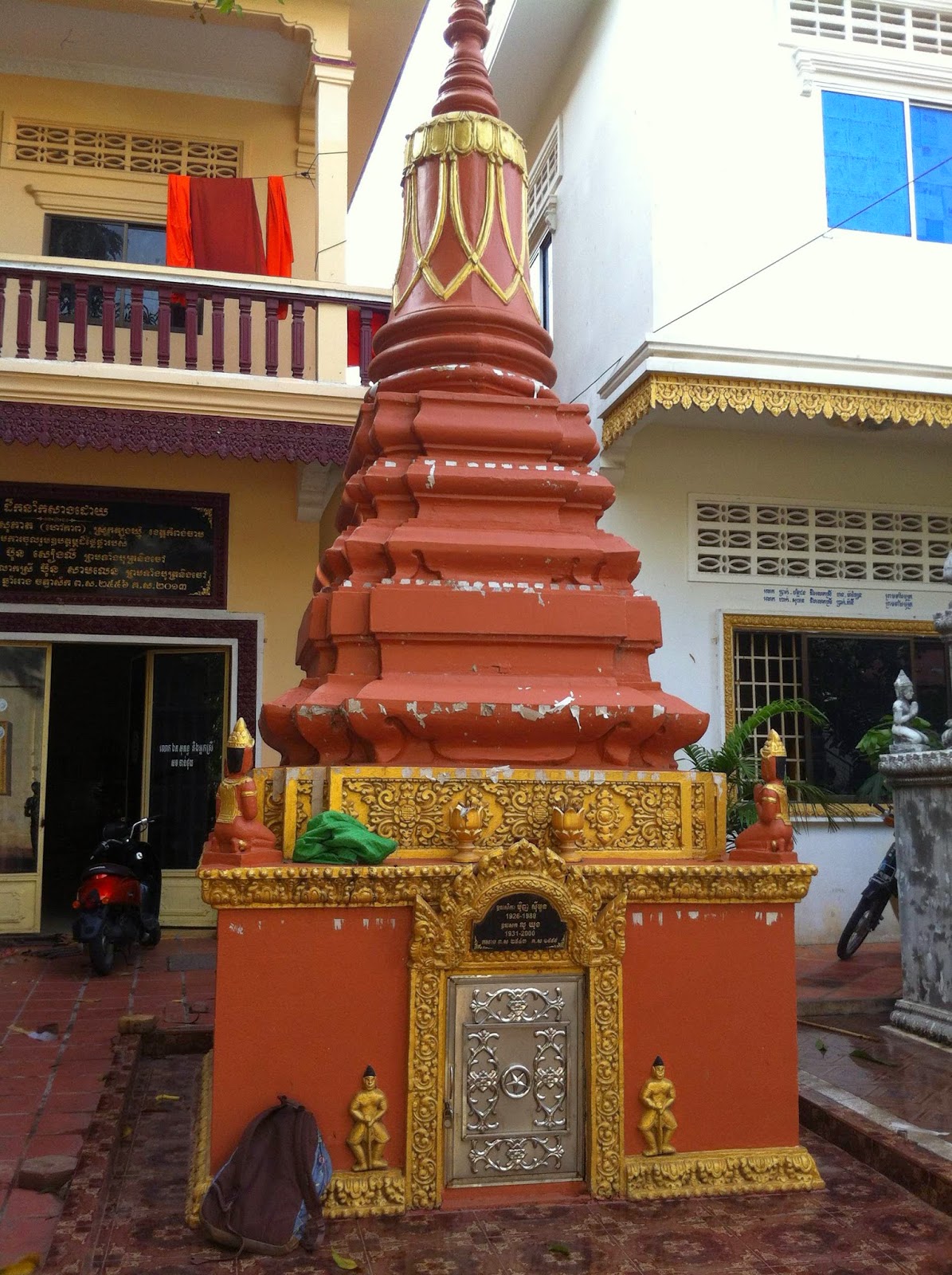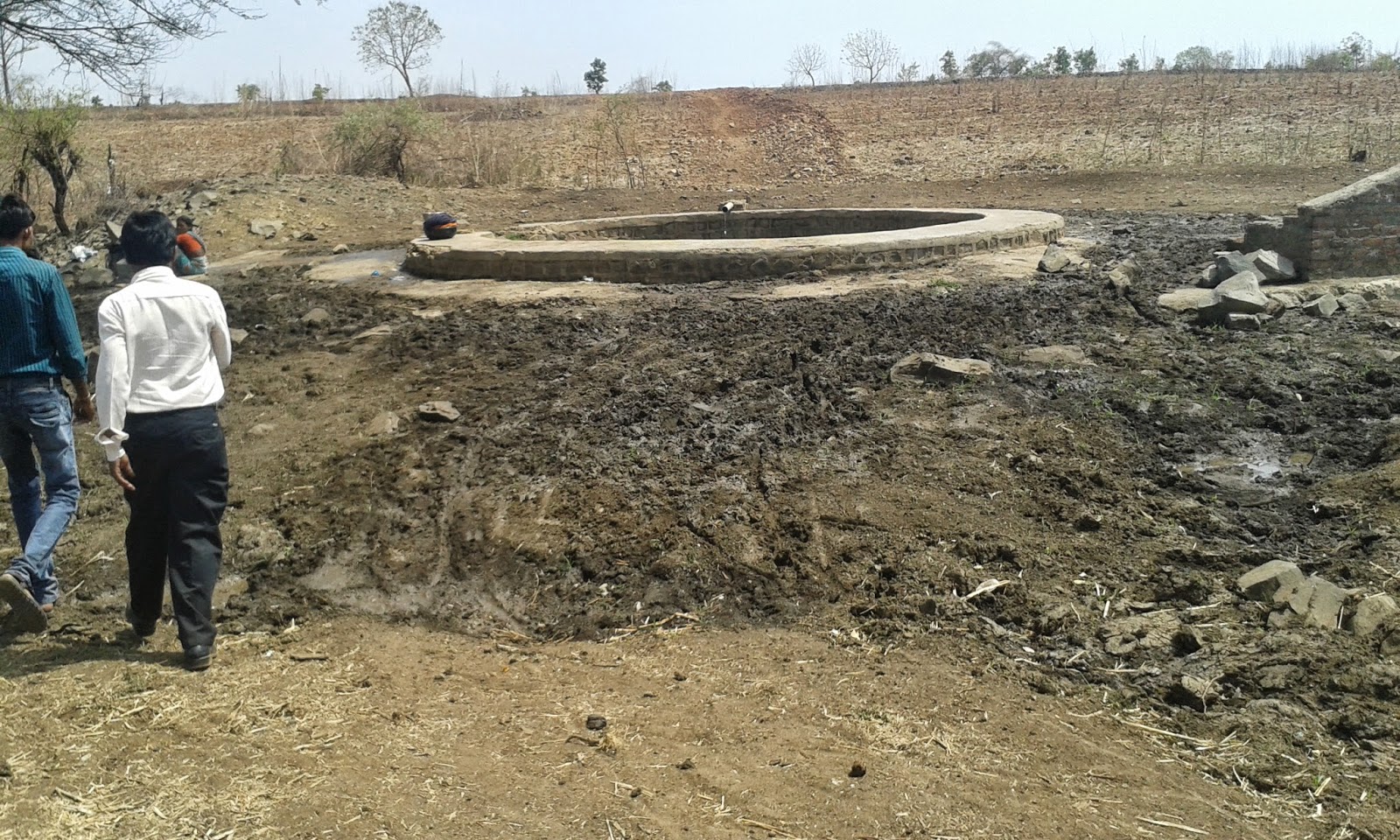Zebras in Akagera Park
I am pretty sure that you’re not allowed to leave Africa
without going on a safari. Seriously. It’s part of the border control interview
when you’re boarding the plane home.
Border Control Officer: “What were you doing in Rwanda
ma’am?”
Me: “Working for World Vision in Kigali”
Border Control Officer: “And when did you go on a safari?”
Me: “Uhhhh…”
Border Control Officer: “Ma’am, I’m going to have to ask you
to step off the plane…”
In all seriousness, Africa is host to some of the most
spectacular views and impressive wildlife I’ve ever seen, and much of the
countryside and landscape is unspoiled by human development. The safari was
also my first opportunity to travel outside of the city of Kigali and see some
of the Rwandan countryside, including the extremely impressive hills that are
spread throughout the entire country.
Six of us met up at the un-Godly hour of 5 am on a Saturday
morning to travel to Akagera National Park, a 1200 km park in the north east of
Rwanda, located along the Tanzania border. The park was established in 1934 to
protect animal and vegetation. It is
named after the Kagera River, which flows along the east boundary and feeds
into several lakes.
The safari team included three Rossers, myself, another WDI
intern Therese (working for Nuru Energy this summer) and a recent ross graduate
Russell (currently working at a hospital in a small village called Ruli), along
with three Canadian journalism students that Therese and I met during our first
weeks in Kigali. We packed into an all terrain vehicle with a removable roof,
perfect for taking pictures of animals that we saw throughout the day.
The trip to the park took around 3 hours, during which time
I saw my first glimpses of the Rwanda country side. The lush, rolling hills
covered in green trees stood in stark contrast to the usual flat landscape of
Michigan that I’d become accustomed to over the last two years.
So many hills!
During the trip, we passed through a number of villages. At
each village, children would stop and wave at the huge car full of “muzunga”s –
the all encompassing East African term for foreigner. Seeing the villages was
the first time that I could see people living in poverty. As I mentioned in a
previous blog post, Kigali is extremely developed and has most of the modern
conveniences that I’m accustomed to having back home. However, as we passed the
villages, I could see firsthand some of the people that World Vision is working
to help.
Once we arrived in Akagera, we were briefed by the park
guides on what to expect and some information about the park. Following the war
in Rwanda, many refugees returned to Rwanda and settled in the savannah area of
the park and converted it to farmland, reducing the park size from 2500 km to
the current size of 1200 km. The farmers then killed off many of the animals,
including Lions, to protect their animals. However, the park will reintroduce
eight Lions from Kenya this coming August and black rhinos at another time in
the future. However, the guide assured us that Akagera was home to many animals
that we might see, including giraffes, zebras, buffalo, impala (a species of
antelope), hippos, and over 500 species of birds. There are even a few
elephants that live in the park, though they hadn’t been spotted in four days,
so the probability of seeing them was very low.
Starting our safari!
Finally, around 9 am we started our safari. The dirt road
was very bumpy, but our driver and guide expertly maneuvered the curves. We
were lucky to have such a knowledgeable guide; he was able to bring us to many
of the sites where animals were resting. He was also able to point out and
explain many of the animals we encountered. For me, the highlight of the trip
was the huge Hippo colony that was relaxing out of the water. It even looks
like they were cuddling with each other. From a far, they looked friendly
peaceful, though our guide warned us that they would love to make us into a
tasty snack if given the chance.
These Hippos look like they're cuddling... but really they're planning how best to prepare some Tourist stew
Yep those are Monkeys!
This antelope was just chillin, completely unconcerned about our presence
The safari took four hours, and we were able to see Zebra,
Giraffes, Monkeys, Impala, Hippos, and countless birds of various colors and
sizes. I’ve included some of the pictures that I took, though they don’t even
begin to do justice to the number and frequency of animals that we encountered.
Even when we didn’t see animals, the views of the lakes and mountains were so
spectacular that there was never a moment that I wasn’t completely engaged. We
even got out of the car and had a break for lunch in the middle of the
savannah, which our guide assured us is completely safe to do.
Unfortunately, there were no elephant sightings on our
safari, but for me, the up-close views of the Hippos more than compensated. I’m
looking forward to many more adventures in Rwanda in the coming weeks!
Hippos and hills... welcome to Rwanda!









































